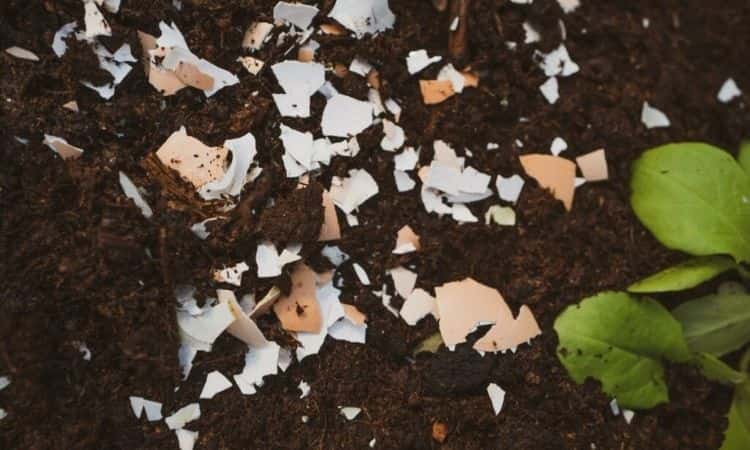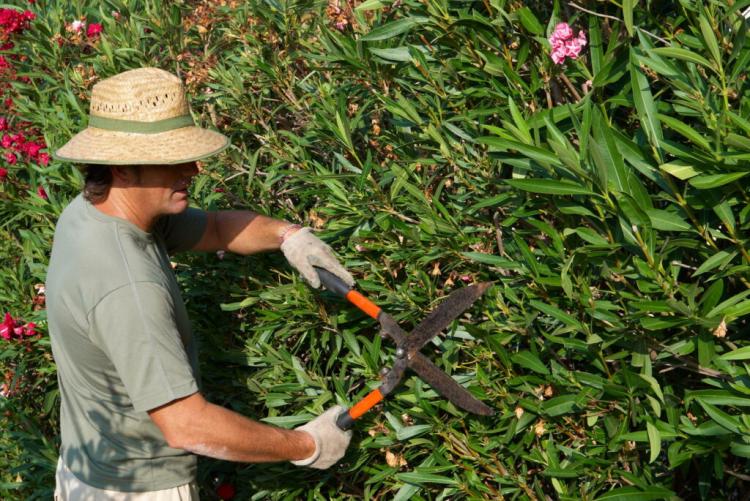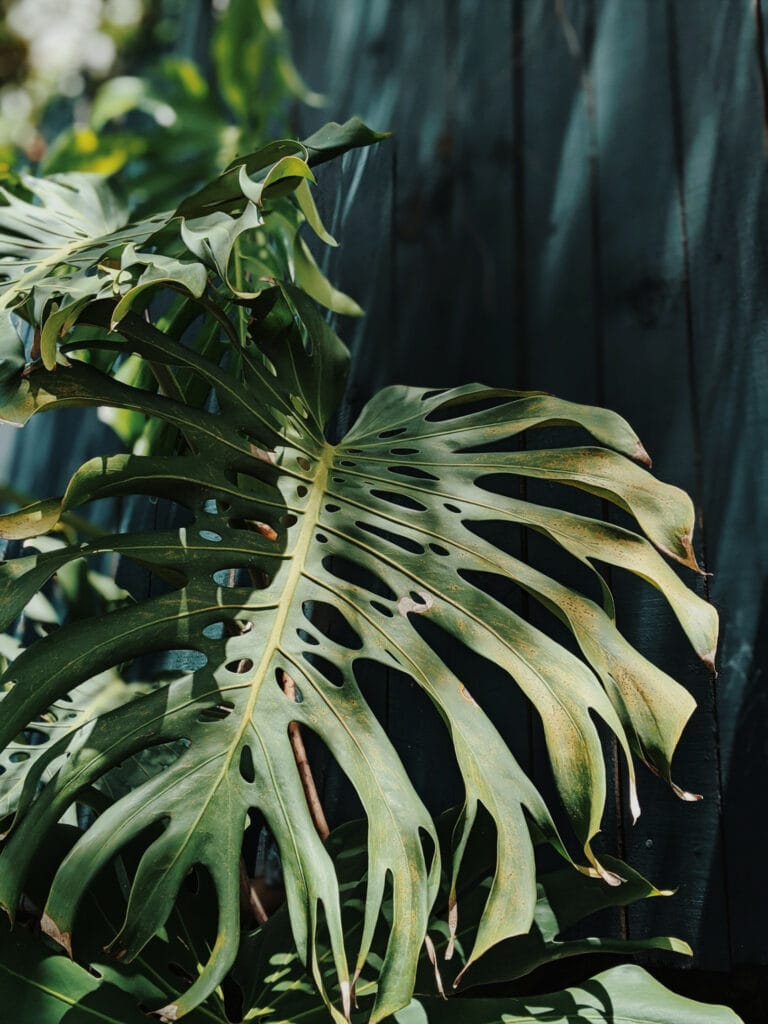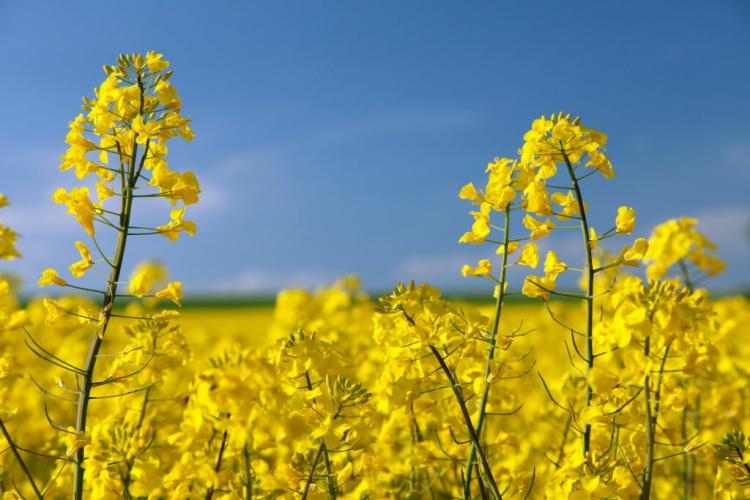Eggshells As Fertilizer: Application And Effect
Eggshells do not have to go in the trash but can serve as a source of nutrients for plants. We explain how to use eggshells as fertilizer. On average, a US citizen eats 245 eggs a year. The resulting eggshells usually end up in organic waste. However, some resourceful gardeners appreciate the shells as fertilizer. We explain what effect eggshells can have and how exactly to use them.
How do eggshells work as fertilizer?
Table of Contents
Eggshells consist of 90 to 95% calcium carbonate (CaCO3), which is also called “carbonic acid lime”. Lime is suitable for raising or stabilizing the soil pH, but the effect of eggshells is quite slow.
To dissolve the lime, carbonic acid (HCO3-) must be present in the soil, which is produced by the respiration of plant roots. With the help of carbonic acid, the compound Ca(HCO3-)2 is formed, which in turn breaks down into the calcium ion Ca2+, carbon, and water – during this process the pH value increases.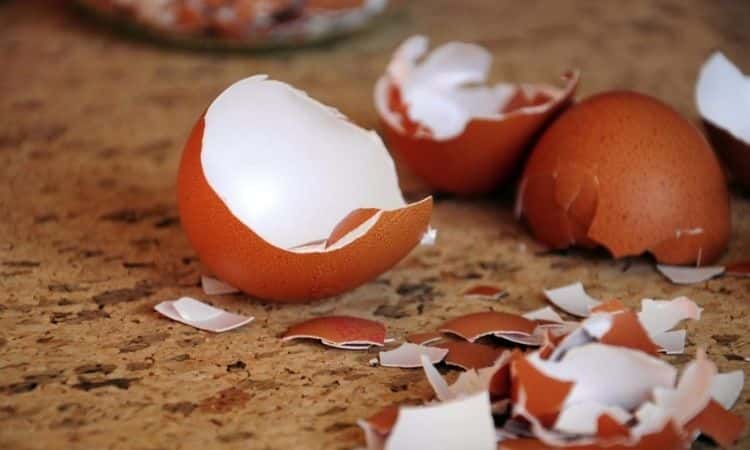
Unfortunately, this is not the case with clay-rich soils, as they are too chemically stable to be affected by the slow-acting addition of lime.
You can read more detailed information on using wood ash as a fertilizer in our special article. In any case, before applying lime, first test the pH of your soil. The calcium ions (Ca2+)released in the reaction with carbonic acid are essential in cementing soil particles. They bond clay minerals to humus molecules, creating stable crumbs that promote plant growth in many ways.
And, of course, the calcium released is a nutrient element essential for plants: it serves to stabilize the cell wall and as a signal ion involved in the opening of stomata, for example.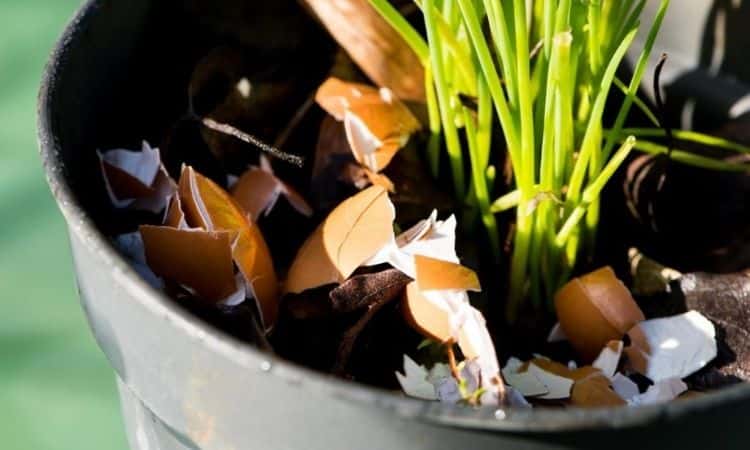
Besides calcium, the nutrients potassium, phosphorus, and magnesium are also contained in small quantities. Overall, the quantities of eggshells produced in the household are so small anyway that their use as fertilizer is only worthwhile in some cases, as you will learn in the following paragraph.
Summary: How do eggshells work as fertilizer?
- Eggshells consist mainly of calcium carbonate
- Calcium carbonate can raise the soil pH slowly
- The pH effect is limited to light, clay-poor soils
- Released calcium ions are valuable cement of soil particles and, together with humus and clay minerals, can improve soil structure
- Calcium is one of the essential nutrients for plants.
Since eggshells provide almost only calcium, fertilizing with them alone is not possible. We, therefore, recommend an organic slow-release fertilizer to supply your plants: This promotes the build-up of humus molecules, which in combination with Ca2+ become stable soil crumbs.
Application of eggshells as fertilizer
Eggshells are suitable for introducing calcium, increasing pH, and cementing soil particles. However, absolute calcium deficiencies as well as very low pH levels are rare in American gardens, occurring, for example, in former bog areas.
Calcium and pH problems may be more common in peat-based potting soils because peat is very low in calcium. If peat-based potting soils are introduced into the bed in large quantities, a calcium deficiency can occur after a longer period of time in plants growing there.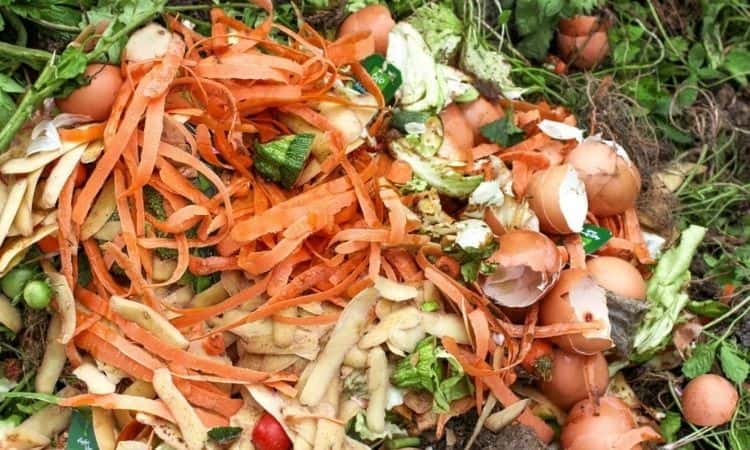
This is especially true in planters where the volume is limited and there is no connection to the calcareous, natural soil. Of course, all lime-loving plants are particularly susceptible to this.
On light soils and beds improved with peat soils, you can apply about 100 to 200 grams of eggshells per square meter every three to four years – provided that the pH is demonstrably too low.
In any case, you should check this beforehand with the help of a pH test so as not to influence the pH value to plant-damaging levels. Basically, the effect of eggshells is greatly improved if they are finely ground.
By increasing the surface area, the calcium carbonate dissolves more quickly. Incidentally, this is dependent on having enough water to dissolve it, so spreading it together with water is a good idea.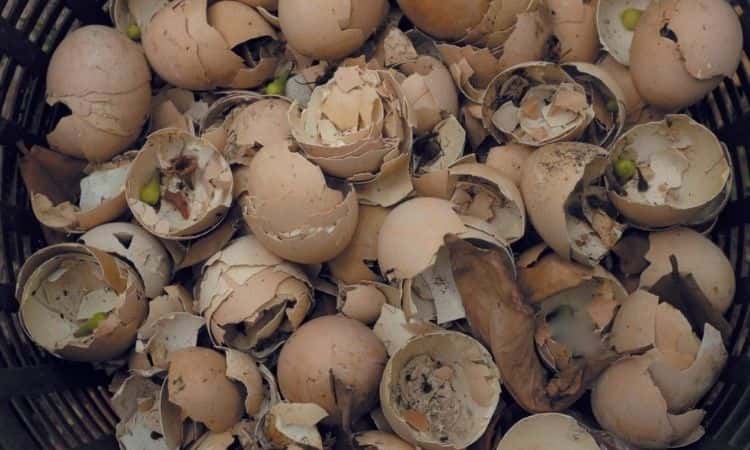
Please note: Calcium carbonate and also eggshells should never be spread in combination with ammonium or phosphates. Therefore, keep a break of at least three months between the distribution of ammonium-containing fertilizers or phosphates and eggshells.
Contact between calcium and ammonium produces gaseous, foul-smelling ammonia. Calcium and phosphate together form poorly soluble calcium phosphates, making both nutrients unavailable to plants.
Eggshells on the compost heap
Another possible use of eggshells is to spread them on the compost pile. A high pH stimulates the activity of bacterial soil inhabitants and can thus accelerate composting. However, too active an action of the small composters will result in a lower volume of compost.
Therefore, eggshells should really only be added to the compost in conjunction with acidic material – such as rhododendron prunings, bog plants, peat soils, coniferous wood, or oak leaves. A fine dusting of ground eggshells over this material is sufficient.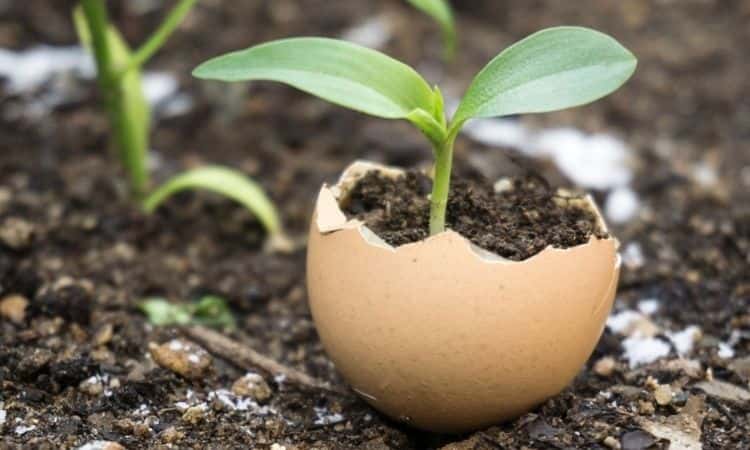
Summary: Application of eggshells as fertilizer.
- The calcium carbonate in eggshells can be used to raise the pH of acidic soils – but these are quite rare in the U.S.
- More commonly, it may be needed in beds that have been improved with peat soils, or for potted plants in peat-based potting soils
- In any case, you should perform a pH test of the soil before distribution
- Finely ground and mixed with water, eggshell calcium carbonate works the fastest
- Never distribute calcium carbonate in combination with ammonium or phosphates
- On the compost pile, eggshells can balance the low pH of acidic
Rotting Material
What plants can be fertilized with eggshells? Lime-loving plants in beds and containers will thank you for a supply of finely ground eggshells. The table below shows a selection of lime-loving garden plants. You can find some more lime-loving specimens in our article on fertilizing with ash.
| Lime-loving woods | Lime-loving vegetables | Lime-loving perennials |
|---|---|---|
| Roses | All types of cabbage (Brassica) | Akelei (Aquilegia) |
| Blackberries and raspberries (Rubus fruticosus/R. idaeus) | Carrots (Daucus carota subsp. sativus) | Creeping Günsel (Ajuga reptans) |
| Ordinary rock pear (Amelanchier ovalis) | Rhubarb (Rheum x hybridum) | Ordinary hazelroot (Asarum europaeum)) |
| Berberitzen (Berberis)) | Chicory salad (Cichorium) | Astern (Aster) |
| Butterfly lilac (Buddleja davidii) | Asparagus (Asparagus officinalis) | Blue-winged gel (Festuca cinerea) |
| Boxwood (Buxus sempervirens) | Garlic (Allium sativum) | Small grape hyacinth (Muscari botryoides) |
| Peonies (Paeonia i. S.) | Tomatoes (Solanom lycopersicum) | Little Snowdrop (Galanthus nivalis) |
| Currants (Ribes) | Onions (Allium cepa) | Alpine veil (Cyclamen) |
| Spiraea) | Celery (Apium graveolens) | Autumn Timeless (Colchicum autumnale) |
| Elder (Sambuccus) | Porree (Allium porrum var. Porrum) | Star-ball leeks and giant leeks (Allium chrisophii, A. giganteum) |
| Fruit trees | Beets (Beta vulgaris) | Steppe sage (Salvia nemorosa) |
| And many more | And many more | And many more |
However, eggshells alone cannot completely cover the nutrient requirements of most plants. We, therefore, recommend additionally helping with an organic slow-release fertilizer.
